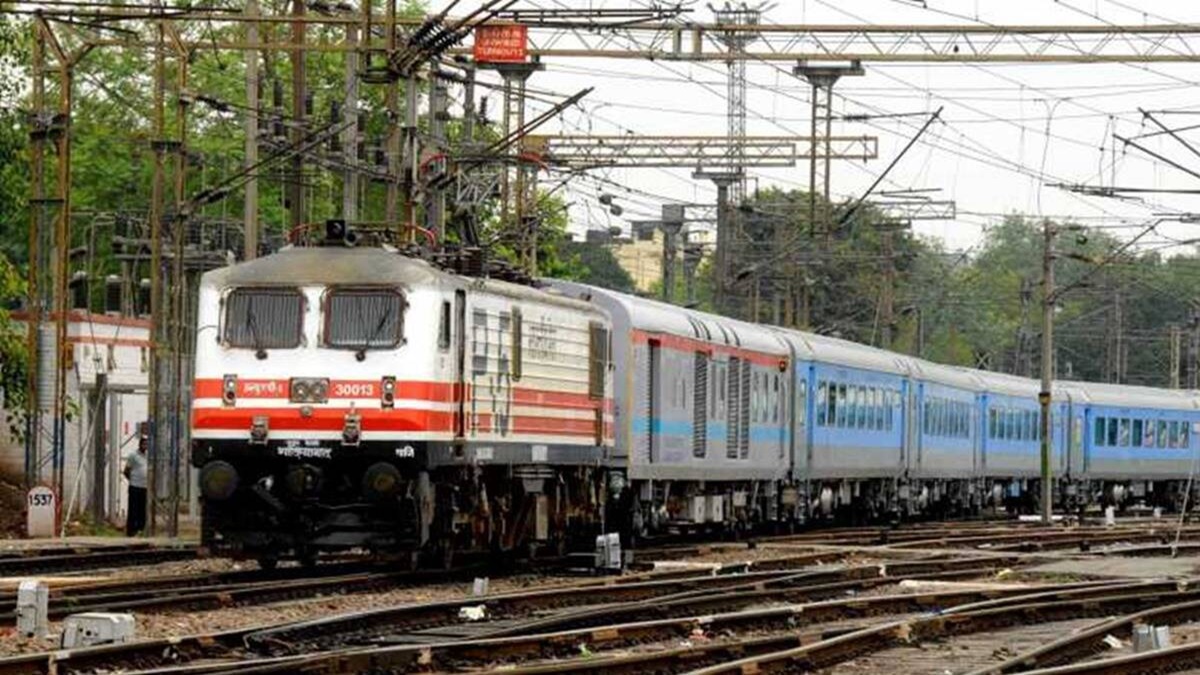
Indian Railways brings in policy changes as it looks to shore up freight revenues
NEW DELHI : The Indian Railways has brought in a slew of measures as it looks to shore-up revenues from freight operations. Some of the policy interventions include simplifying wagon-booking processes, online alert systems, issue single receipt for multiple journeys, creating alternate goods sheds across zones and so on.
At the same time, the Railways have revised rake rates and brought in stricter guidelines to plug possible leakages, sources said.
Freight loading from April–August was 634.66 million tonnes (mt) and the revenue achieved during this period was ₹1,00,000 crore, across freight and passenger segment and other sundry revenue.
Iron ore loading was 70.84 mt (up 16 per cent y-o-y), pig iron and finished steel loading 26.16 mt (up 9 per cent). Fertiliser loading increased 8 per cent to 24.13 mt, and cement loading was up at 63.29 mt (7 per cent). Container services grew 5 per cent odd to 34.31 mt; and petroleum product loading was 20.59 mt (4 per cent). Coal loading was 311.53 mt and automobile movement grew 26 per cent.
Alternative goods shed
A major change comes in the way of Railways having allowed for usage of alternative goods shed across zones.
For instance, one zonal railway can notify a particular goods shed in its jurisdiction as ‘alternate goods shed of a busy goods shed lying in a different zonal railway’.
“The purpose of notifying an alternate goods shed is to decongest an already busy goods shed. Thus, the alternate goods shed should be notified by the zonal railway in which the busy goods shed is located,” an official said. “If a zone feels that a particular goods shed needs to be notified as an alternate goods shed of a busy goods shed lying in other zonal railway, then it may send a request” which will get examined.
Changes underway
According to a circular issued earlier this month, registration of demand for wagons will be carried out electronically (e-RD) and in the e-RD module a provision will be made whereby a pop-up message will appear whereby in case of non-availability of a particular type of wagon, an alternative will be provided.
For instance, if a user books a BCN (bogie covered wagon)–used mostly in transporting rails and steel-and it is not available, then the system will inform the other alternatives available, for example a BCNA (bogie covered water-tight wagon).
“CRIS (Centre for Railway Information System) will make provision in the system for indicating name of other variant,” the circular reads.
Typically, wagons have different speeds, load bearing capacity and are allowed different loading limit by the Railways. So a change in wagon type often affects freight loading and movement patterns. “So this could help ease plan better goods movement and utilisation of capacities, and better communication and planning between Railways and industry,” said an industrial user.
The second major change brought about includes allowing multiple railway receipts (RRs) under the hub and spoke model. The change allows, containers to have a single receipt from start to finish even if there are multiple unloading points in-between. “References have been received for issuance of multiple RRs under hub and spoke model,” a note by Railway Board said.
Under the earlier process, users would have to take multiple receipts, that is, get clearances for onward journeys once there were breaks for unloading. This was, as per a user, a time consuming process and required a lot of paper-work at every stoppage. It would also delay the ultimate movement of goods between terminal stations since trains would be “sided” at stations where such unloading and permission issuance was carried out.
“It will ease business and save journey time of goods by at least 10 per cent, if not more,” said the user.
